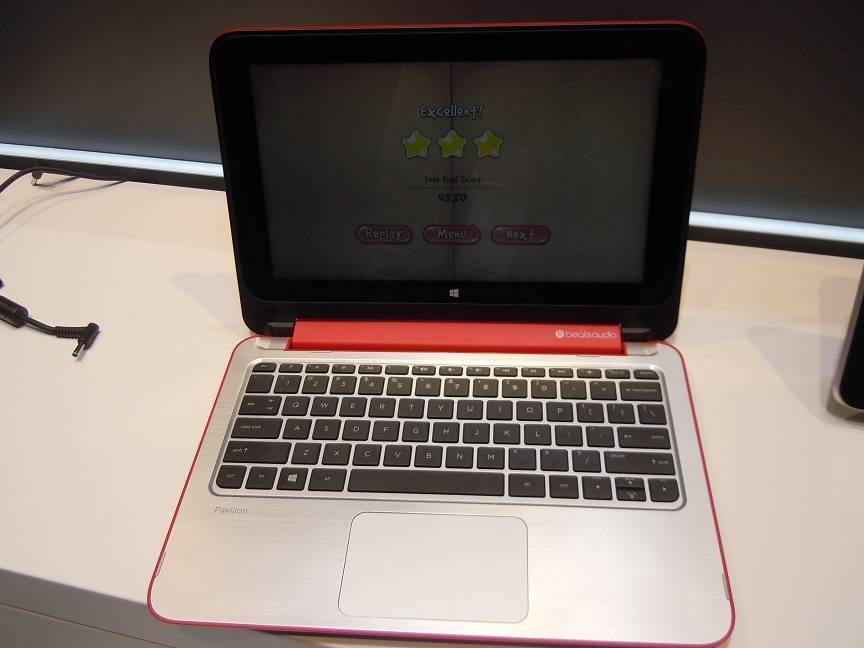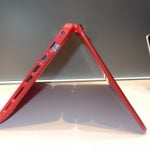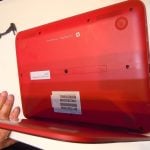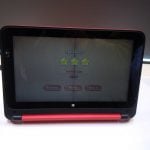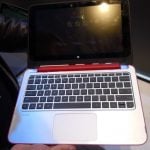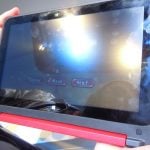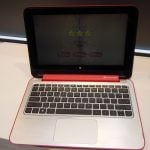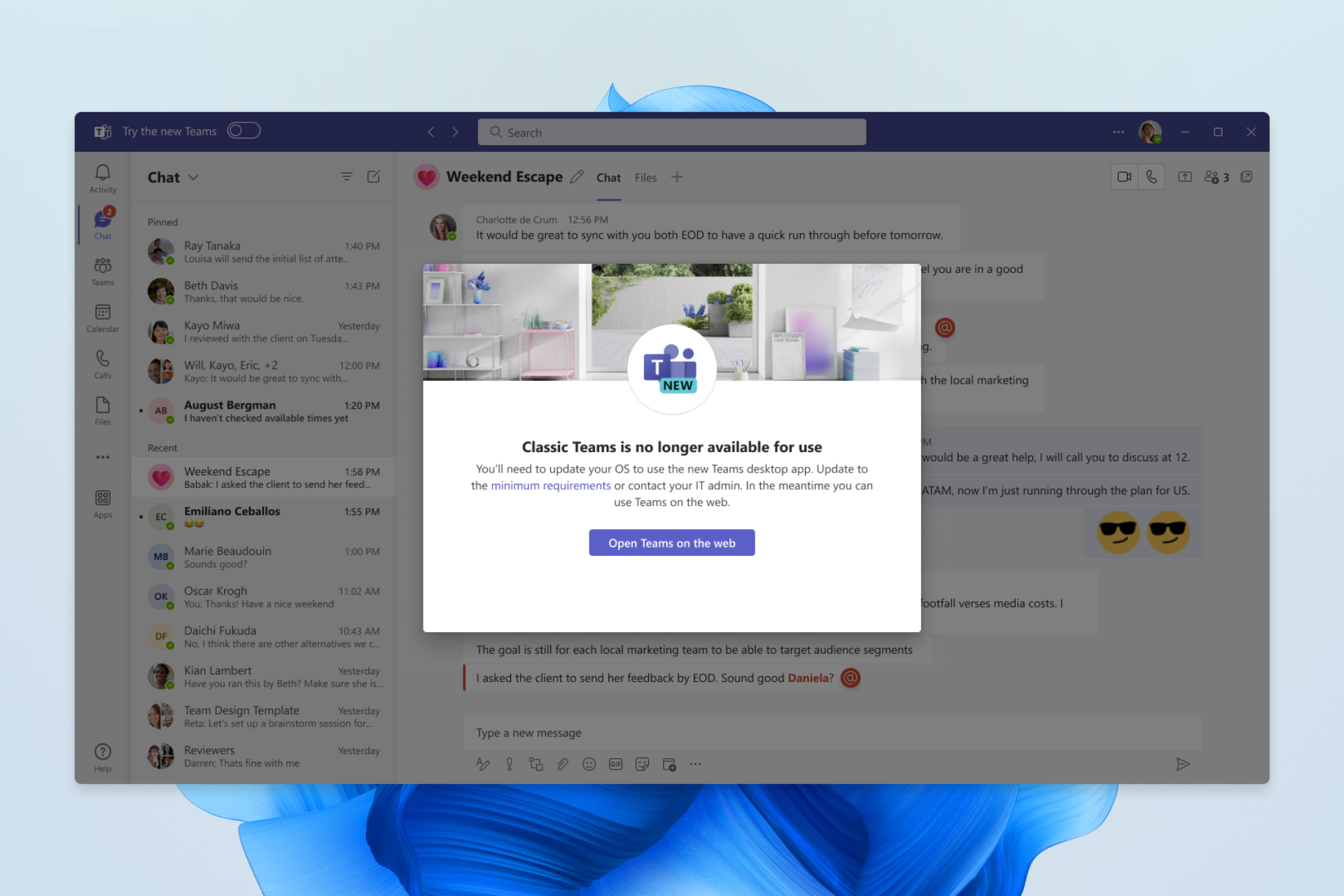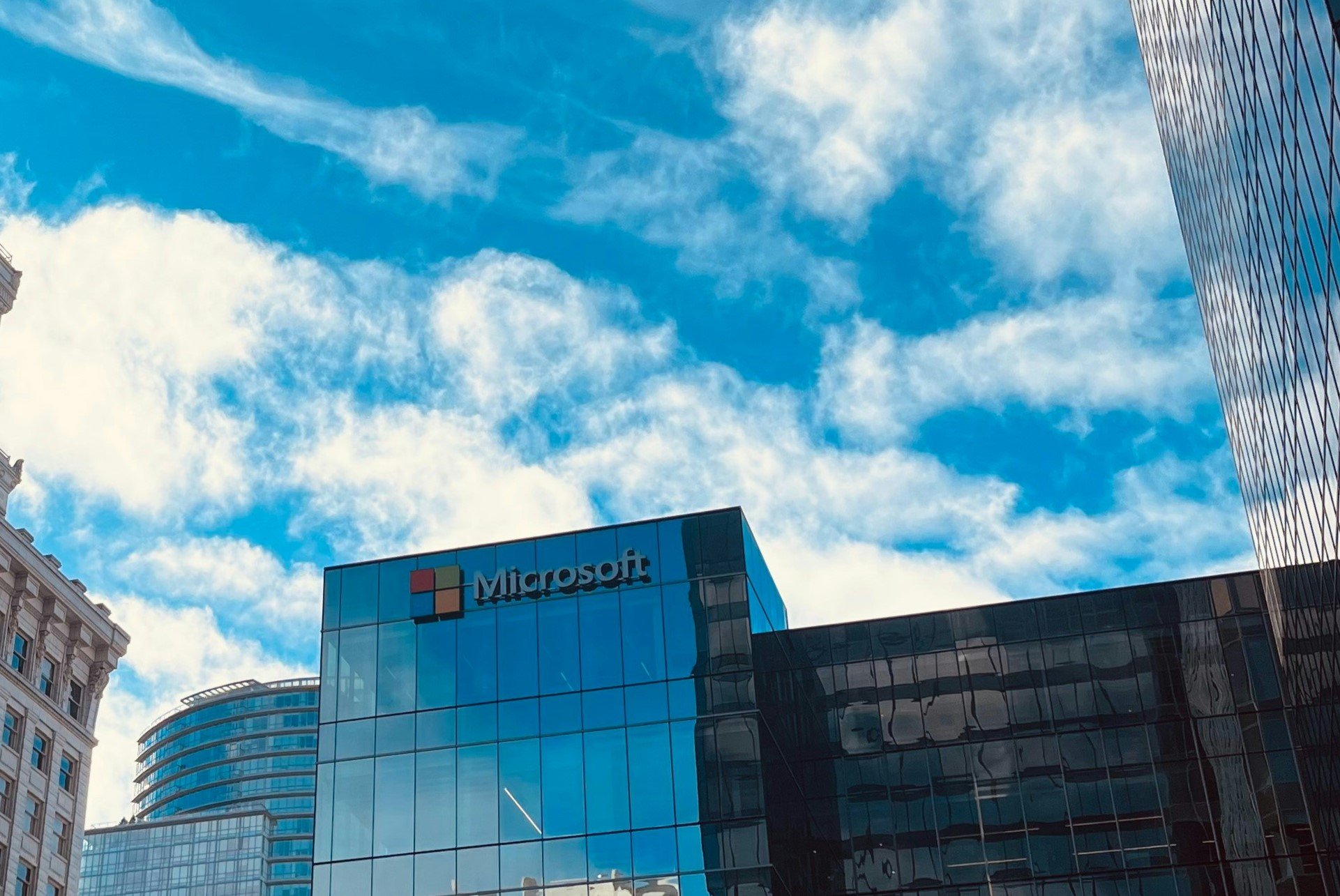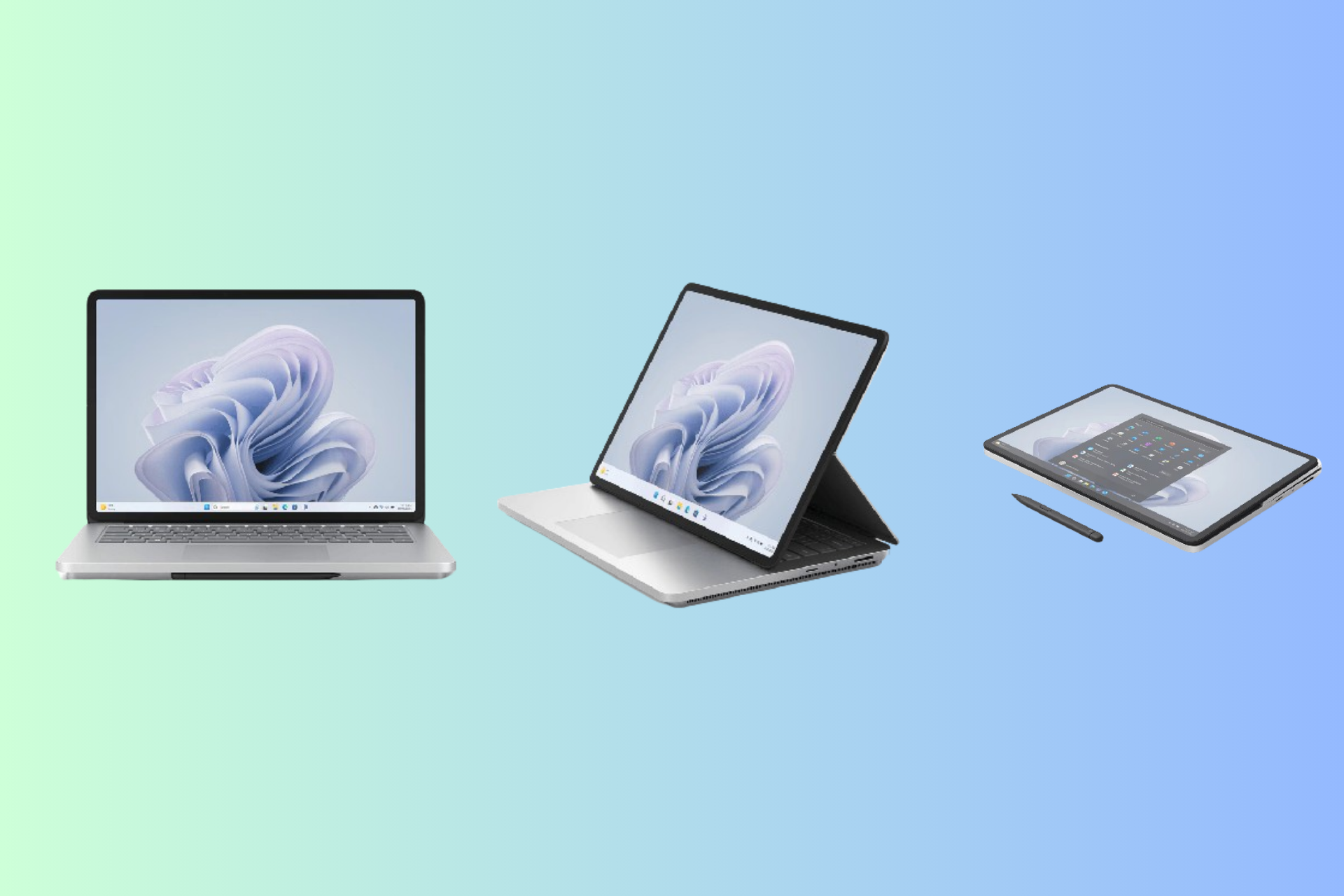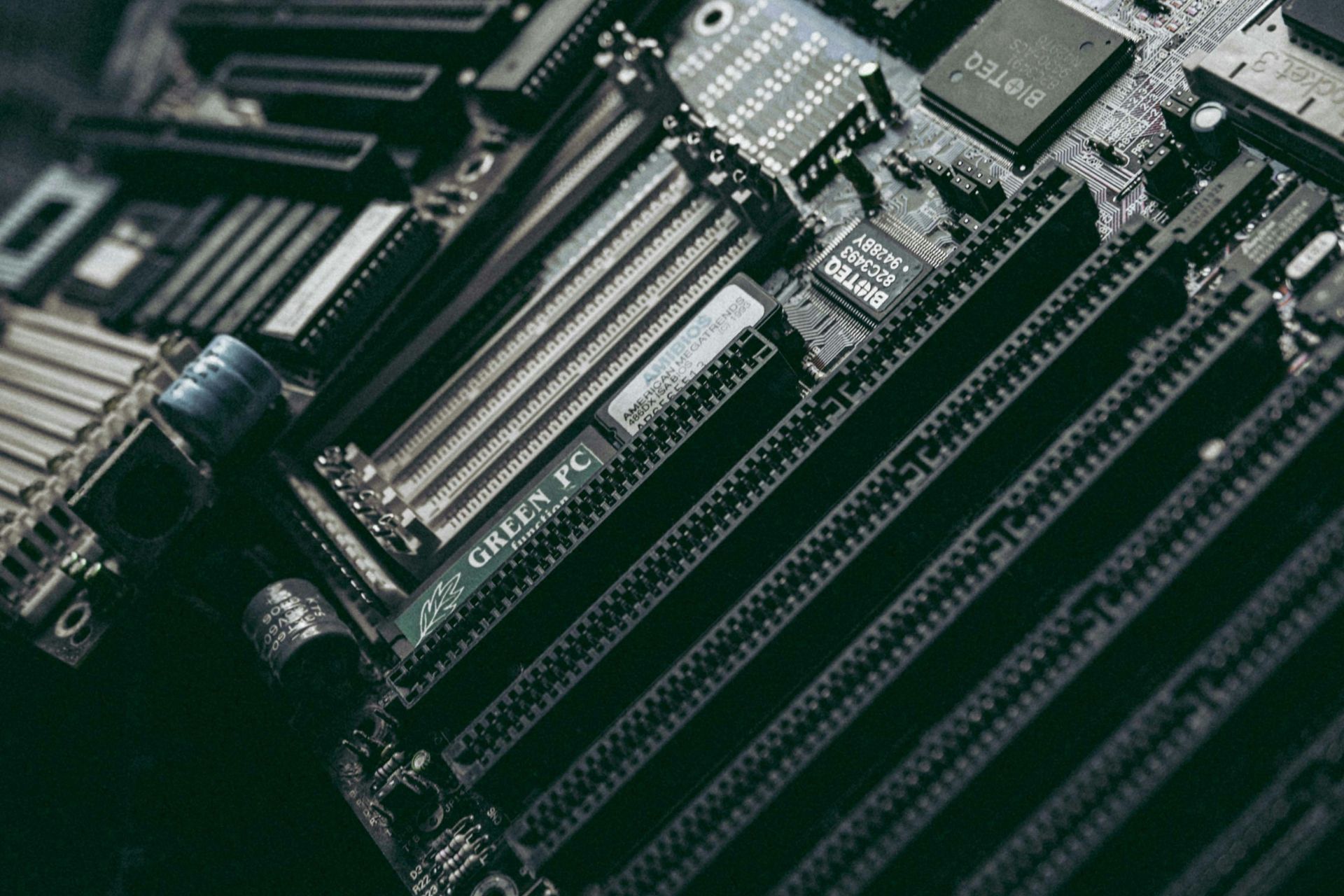Hands-on With the Windows 8.1 Tablet HP Pavilion x360 [MWC 2014]
2 min. read
Updated on
Read our disclosure page to find out how can you help Windows Report sustain the editorial team Read more
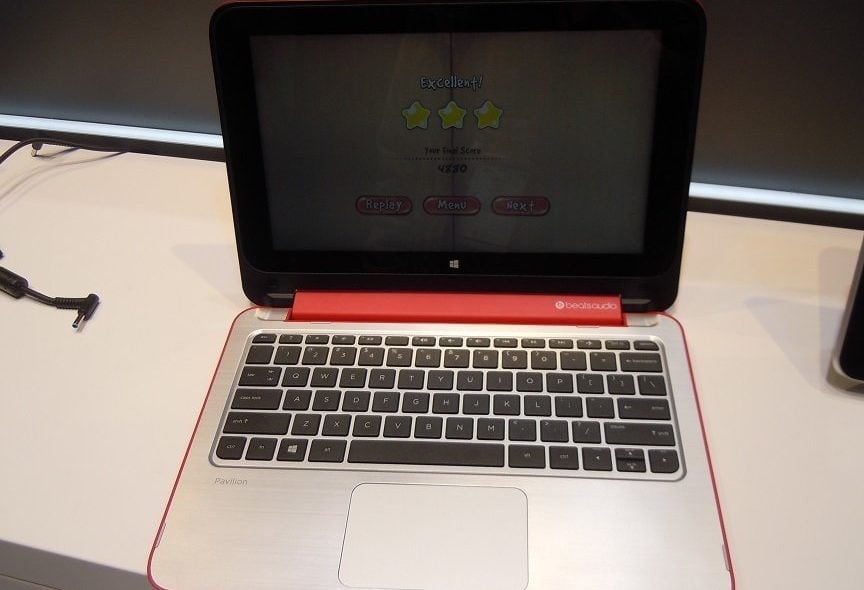
I am not used to doing hands-on videos and neither to film stuff, so you’ll excuse me please if you think the below video is amateurish. Nonetheless, it offers a pretty good insight on what the Windows 8.1 convertible HP Pavilion x360 tablet brings to consumers.
There haven’t been too many Windows 8.1 tablets announced at the 2014 edition of the Mobile World Congress in Barcelona but one of the interesting new appearances is the HP Pavilion x360, a really affordable convertible Windows 8.1 tablet with the low-entry configuration that starts at just $399. You can find some pictures that we took of the device and the video in which somebody from HP goes through its technical specifications and features.
Read Also: Nokia’s Windows 8 HERE Maps App Worldwide Available on Windows Store
An interesting Windows 8.1 affordable tablet
We have been pleasantly surprised by the HP Pavilion x360, as this device felt really good in our hands and this is the kind of Windows 8 devicethat I was hoping to see more of at the congress. Here’s a quick rundown of the main technical specifications that it comes with:
- Intel 2.17GHz Bay Trail-M SoC
- 11.6-inch diagonal HD LED-backlit Display (1366×768) Touchscreen
- Notebook, tent, tablet modes
- 3 pounds, 21.9mm thick
- Beats Audio technology
- Up to 8GB of RAM, 500GB hybrid hard drive
- Three USB ports
- 802.11n Wi-Fi, Bluetooth
The Windows 8 Pavilion x360 tablet will be available for commercial purchase from today and it will be initially in red, later in smoked silver, and they will come with a soft touch finish and brushed metal wrist rest.

